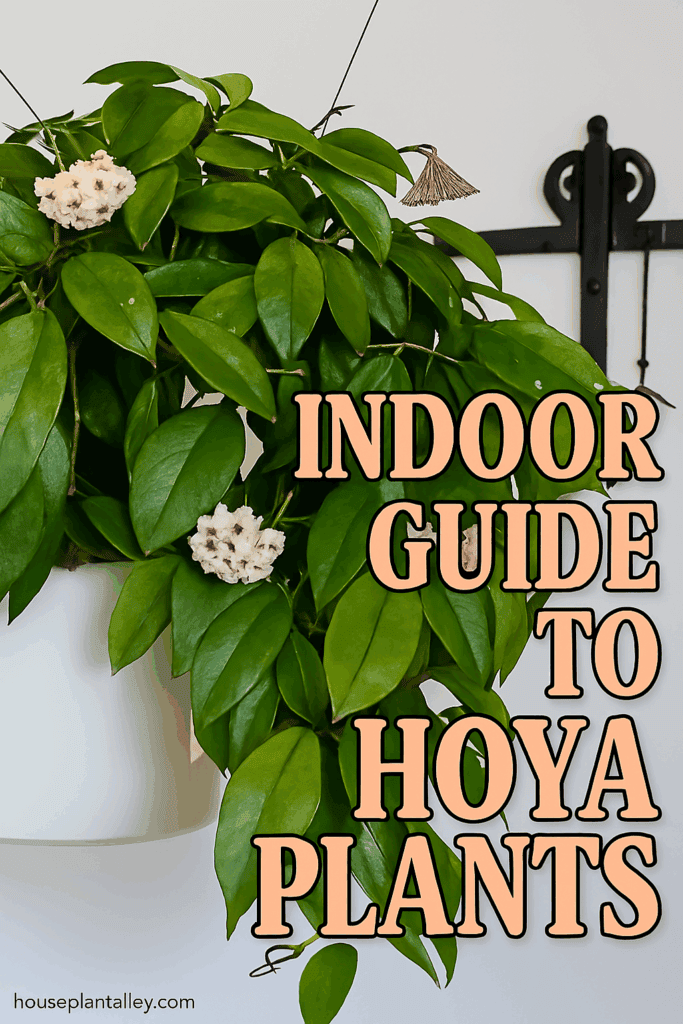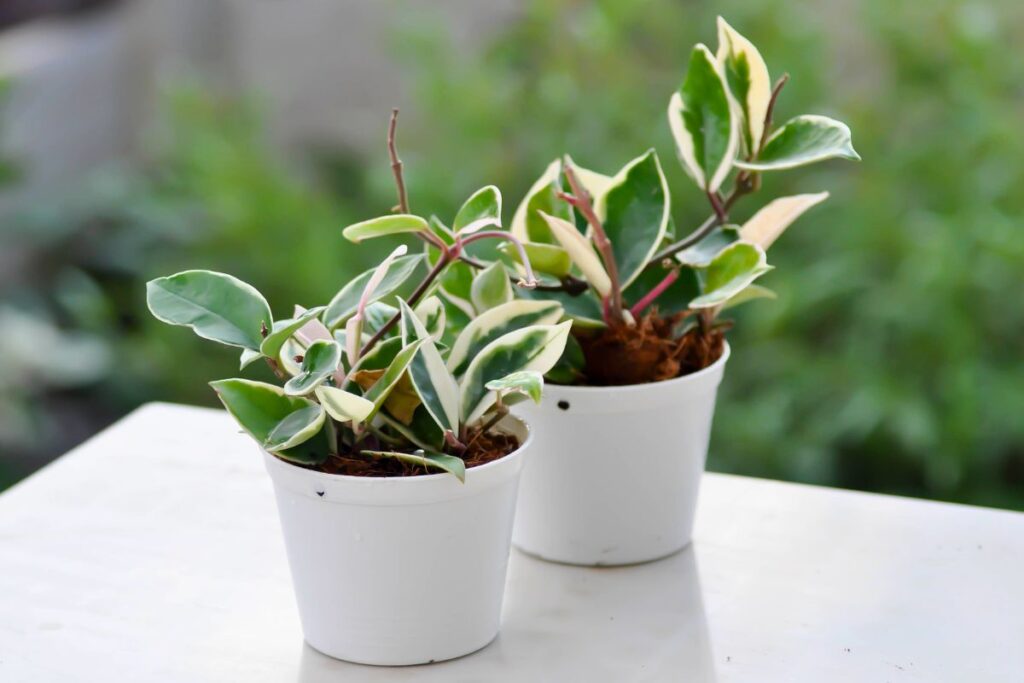Hoya plants, commonly known as wax plants, are a favorite among houseplant enthusiasts for their thick, waxy leaves and beautiful clusters of star-shaped flowers. Native to tropical and subtropical regions, hoyas are relatively easy to care for and can thrive indoors with the right conditions. This comprehensive guide will provide you with everything you need to know about indoor care for hoya plants, ensuring they remain healthy and vibrant all year round.

Contents
Understanding Hoya Plants
Hoyas belong to the Apocynaceae family and are known for their unique appearance and fragrant flowers. There are over 200 species of hoyas, each with its distinct characteristics. Some popular varieties include Hoya carnosa, Hoya kerrii, Hoya pubicalyx, and Hoya obovata. These plants are typically climbers or trailers, making them perfect for hanging baskets or training on trellises.
Light Requirements
Hoyas thrive in bright, indirect light. They can tolerate some direct sunlight, especially during the early morning or late afternoon, but excessive direct sunlight can scorch their leaves. If your hoya plant is not receiving enough light, it may become leggy and fail to produce flowers. Placing your hoya near a north or east-facing window is ideal. If natural light is insufficient, you can supplement with artificial grow lights to ensure your plant gets the necessary light.

Watering Routine
One of the most common mistakes in hoya plant care is overwatering. Hoyas prefer their soil to dry out slightly between waterings. It’s essential to use well-draining soil and a pot with drainage holes to prevent water from sitting at the bottom. Water your hoya thoroughly when the top 1-2 inches of soil are dry. Reduce watering during the winter months when the plant’s growth slows down. Overwatering can lead to root rot, which is a common issue with hoya plants.
Humidity and Temperature
Hoyas thrive in environments with high humidity, similar to their native tropical habitats. To maintain the necessary humidity levels, you can use a humidifier, place a tray of water near the plant, or mist the leaves regularly. Ideally, humidity levels should be around 60-70%.
When it comes to temperature, hoyas prefer a warm environment. They thrive in temperatures between 60-80°F (15-27°C). Avoid placing your hoya plant near drafts, air conditioners, or heaters, as sudden temperature changes can stress the plant.
Soil and Fertilization
Hoyas prefer a well-draining soil mix. A combination of potting soil, orchid bark, and perlite works well. This mix ensures good aeration and prevents the soil from becoming waterlogged. It’s also a good idea to repot your hoya plant every 2-3 years to refresh the soil and provide more space for root growth.
Fertilize your hoya plant during the growing season (spring and summer) with a balanced liquid fertilizer diluted to half strength. Fertilize once a month to promote healthy growth and flowering. Avoid fertilizing during the fall and winter months when the plant’s growth slows down.
Pruning and Training
Pruning your hoya plant helps maintain its shape and encourages bushier growth. Remove any dead or yellowing leaves and trim back leggy vines to promote new growth. Hoyas can be trained to climb on trellises or allowed to trail from hanging baskets. Regularly inspect your plant for pests such as mealybugs, spider mites, and aphids, which can damage the leaves and stems.
Propagation
Hoyas are relatively easy to propagate through stem cuttings. To propagate, follow these simple steps:
- Select a healthy stem with at least two nodes (the points where leaves are attached).
- Cut the stem just below a node using a clean, sharp pair of scissors or pruning shears.
- Remove the lower leaves, leaving a few leaves at the top.
- Dip the cut end in rooting hormone to encourage root growth (optional).
- Place the cutting in a small pot filled with a well-draining soil mix or water.
- Keep the soil moist (if using soil) or change the water regularly (if using water).
- Place the cutting in a warm, bright location with indirect light.
- Within a few weeks, roots should develop, and new growth will appear.
Once the cutting has established roots, you can transplant it into a larger pot and care for it as you would a mature hoya plant.
Common Problems and Solutions
Yellow Leaves
Yellow leaves can be a sign of overwatering, underwatering, or a nutrient deficiency. Check the soil moisture and adjust your watering routine accordingly. If the problem persists, consider fertilizing your hoya plant to provide the necessary nutrients.
Lack of Flowers
If your hoya plant is not producing flowers, it may not be receiving enough light. Ensure your plant is in a bright location with indirect sunlight. Additionally, hoyas may take a few years to mature before they start flowering, so patience is key.
Pests
Common pests that affect hoya plants include mealybugs, spider mites, and aphids. Regularly inspect your plant and treat any infestations with insecticidal soap or neem oil. Isolating affected plants can prevent the pests from spreading to other houseplants.
Conclusion
Hoyas are a delightful addition to any indoor garden, offering beautiful foliage and fragrant flowers. By providing the right light, water, humidity, and care, you can ensure your hoya plant thrives and remains healthy. With a bit of attention and patience, you’ll be rewarded with a stunning and vibrant hoya plant that will bring joy to your home for years to come.
